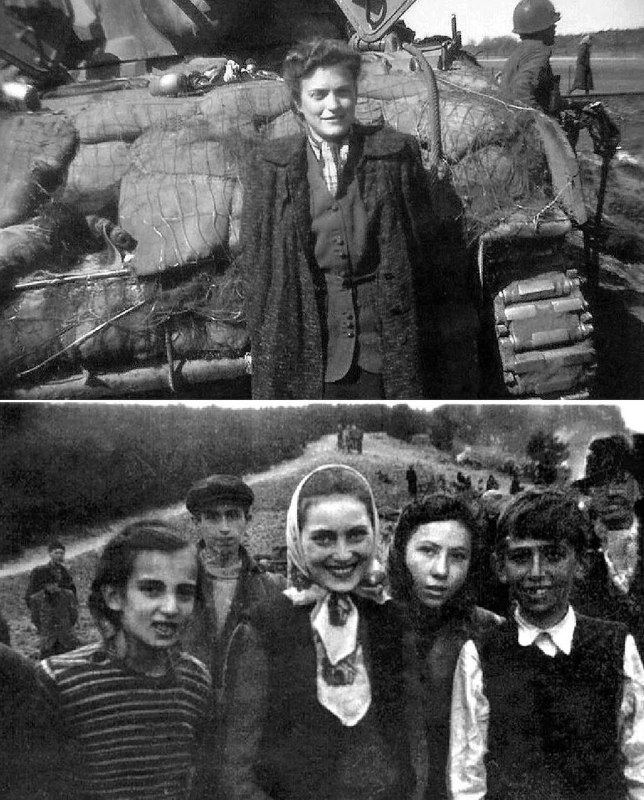On April 13, 1945, Major Clarence L. Benjamin and his unit discovered a halted death train near Magdeburg, Germany, carrying about 2,500 Jewish prisoners from Bergen-Belsen.
Crammed into filthy boxcars with little food, many prisoners had already died from starvation.
The Nazis had planned to drive the train onto a damaged bridge, killing everyone aboard.
The prisoners’ emotional reactions at the sight of American tanks were captured in historic photographs.
Many survivors later found new lives in Israel, the U.S., and other countries.
@world_history
Crammed into filthy boxcars with little food, many prisoners had already died from starvation.
The Nazis had planned to drive the train onto a damaged bridge, killing everyone aboard.
The prisoners’ emotional reactions at the sight of American tanks were captured in historic photographs.
Many survivors later found new lives in Israel, the U.S., and other countries.
@world_history
🔥11❤2👍2
tgoop.com/world_history/946
Create:
Last Update:
Last Update:
On April 13, 1945, Major Clarence L. Benjamin and his unit discovered a halted death train near Magdeburg, Germany, carrying about 2,500 Jewish prisoners from Bergen-Belsen.
Crammed into filthy boxcars with little food, many prisoners had already died from starvation.
The Nazis had planned to drive the train onto a damaged bridge, killing everyone aboard.
The prisoners’ emotional reactions at the sight of American tanks were captured in historic photographs.
Many survivors later found new lives in Israel, the U.S., and other countries.
@world_history
Crammed into filthy boxcars with little food, many prisoners had already died from starvation.
The Nazis had planned to drive the train onto a damaged bridge, killing everyone aboard.
The prisoners’ emotional reactions at the sight of American tanks were captured in historic photographs.
Many survivors later found new lives in Israel, the U.S., and other countries.
@world_history
BY World’s History




Share with your friend now:
tgoop.com/world_history/946
